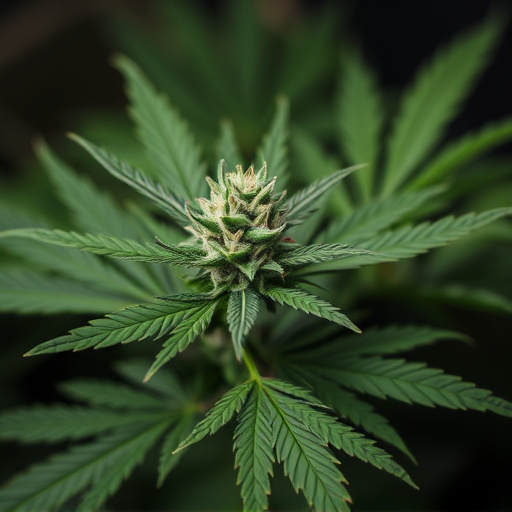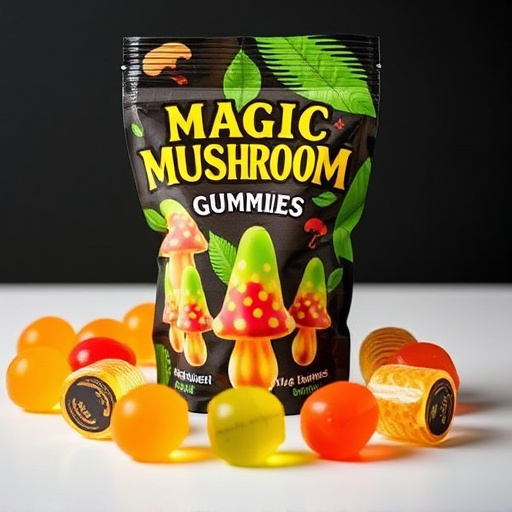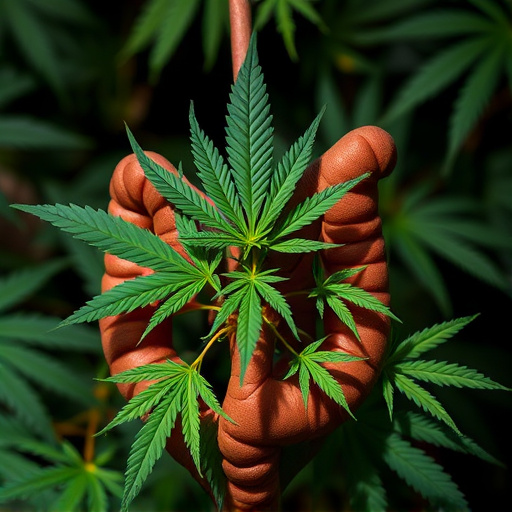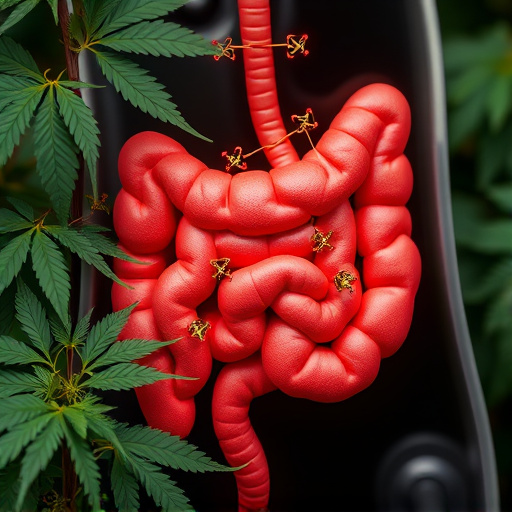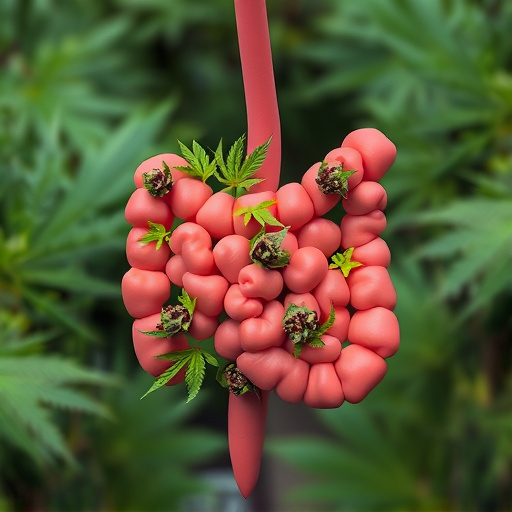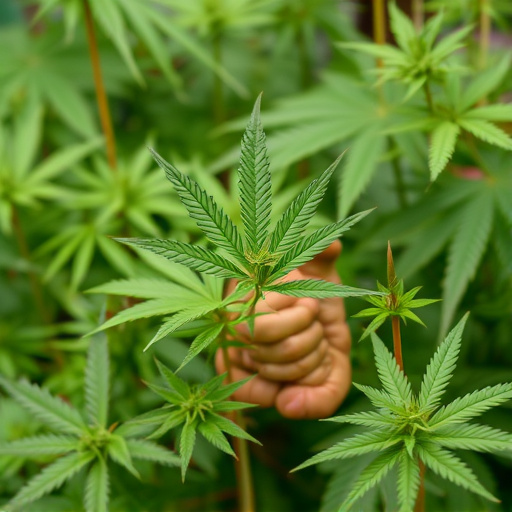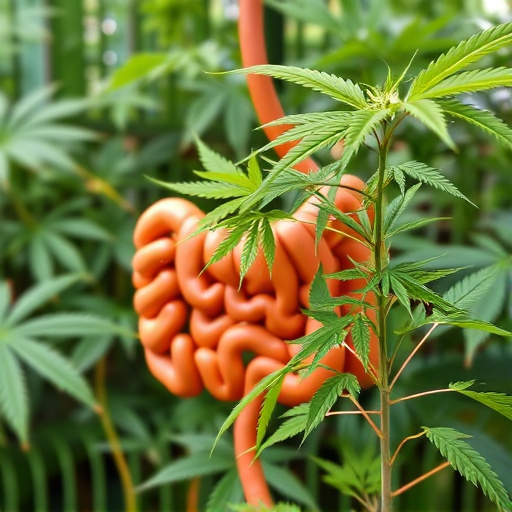Managing Crohn's disease with cannabis requires understanding potency (THC/CBD levels) and aroma for personalized symptom relief. Best practices for growing high-quality flowers include environmental control, advanced techniques, and balanced nutrition. For Crohn's sufferers, Indica or hybrid CBD strains like Granddaddy Purple or Blueberry are recommended, often enhanced by terpenes like myrcene for relaxation.
Maintaining the potency and aromatic profile of cannabis flowers is an art. This guide delves into the science behind it, offering insights on how to preserve the quality of your plants. From understanding the impact of growing conditions to adopting best practices, we explore techniques to ensure optimal results. Additionally, we delve into specific cannabis strains beneficial for managing Crohn’s Disease, highlighting their unique properties and how to cultivate them effectively.
- Understanding Cannabis Potency and Aromatics
- Best Practices for Maintaining Flower Potency
- Targeting Specific Needs: Cannabis for Crohn's Disease
Understanding Cannabis Potency and Aromatics
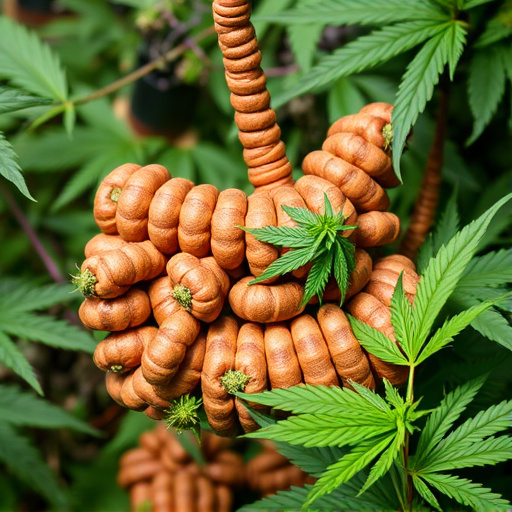
Cannabis potency and aroma are essential factors for those seeking therapeutic benefits, particularly for conditions like Crohn’s disease. Understanding these characteristics helps users make informed decisions when choosing strains. Potency refers to the concentration of cannabinoids, such as THC (tetrahydrocannabinol) or CBD (cannabidiol), in a given strain. High-potency cannabis can provide more intense effects but requires careful usage to avoid adverse reactions. Aromatics, on the other hand, are the diverse and complex scents associated with different strains, ranging from fruity and floral to earthy and spicy notes. These aromatic compounds contribute to the overall experience and may offer specific therapeutic properties. For instance, certain strains known for their fruity aromas have been popular among users seeking relief from anxiety or stress. Exploring these dimensions ensures that cannabis consumers can find the right balance of potency and aroma tailored to their needs, including managing symptoms related to Crohn’s disease.
Best Practices for Maintaining Flower Potency
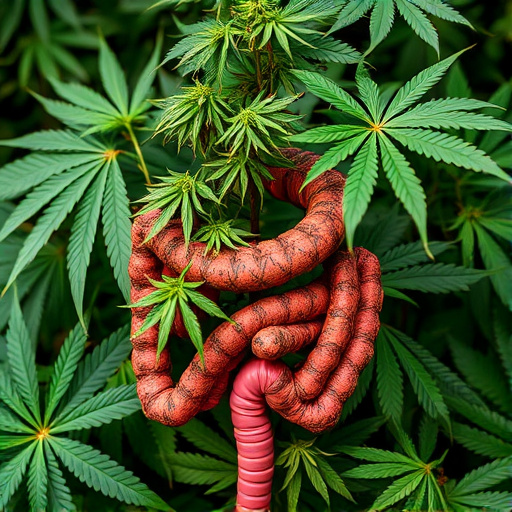
Maintaining the potency and aromatic quality of your cannabis flowers is an art, especially for those cultivating specific strains like those beneficial for managing Crohn’s disease. Here are some best practices to ensure your plants remain at their peak:
Regular monitoring and adjustment of environmental factors are key. Cannabis plants thrive in a stable environment with moderate temperatures between 65-75°F (18-24°C), relative humidity around 40-60%, and adequate ventilation. Using advanced growing techniques like climate control, automated lighting, and precise pH balance can significantly enhance potency. Ensure your plants receive optimal light exposure; most cannabis strains require about 18-24 hours of light per day during the vegetative stage, with a gradual transition to 12 hours for flowering. Proper nutrition is another critical aspect; feed your plants with balanced, high-quality fertilizer tailored to cannabis needs, and monitor nutrient levels regularly.
Targeting Specific Needs: Cannabis for Crohn's Disease
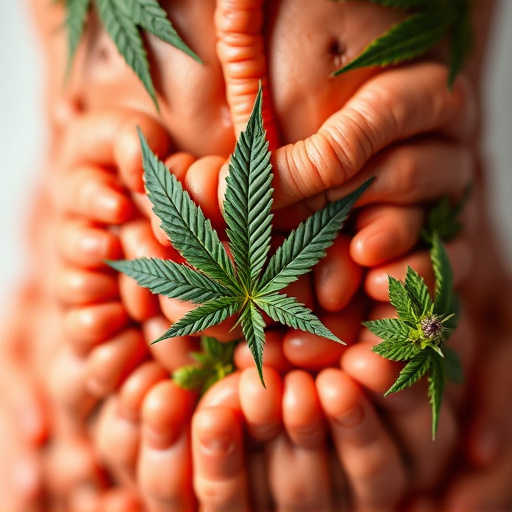
Cannabis has gained attention for its potential therapeutic benefits, particularly in managing symptoms associated with various medical conditions, including Crohn’s Disease. When it comes to selecting the right cannabis strains for individuals with Crohn’s, it’s essential to consider specific needs and preferences. Different strains offer varying levels of THC and CBD, along with unique terpene profiles, which can significantly impact the desired effects.
For those with Crohn’s Disease, seeking cannabis strains known for their anti-inflammatory properties, pain relief, and appetite stimulation could be beneficial. Certain popular choices include Indica or hybrid strains rich in CBD, such as Granddaddy Purple or Blueberry, which have been praised for their calming effects and potential to reduce inflammation without causing excessive drowsiness. Additionally, terpene profiles like myrcene, known for its relaxing properties, may further enhance the therapeutic experience tailored to Crohn’s Disease sufferers.
Maintaining the potency and aromatic qualities of cannabis is essential, especially for medical users like those seeking relief from conditions like Crohn’s Disease. By understanding the science behind cannabis and implementing best practices, growers can ensure consistent quality. For specific needs like managing Crohn’s symptoms, tailored cannabis strains play a vital role. Remember, the right approach to cultivation and strain selection can provide effective and enjoyable experiences for all users.


